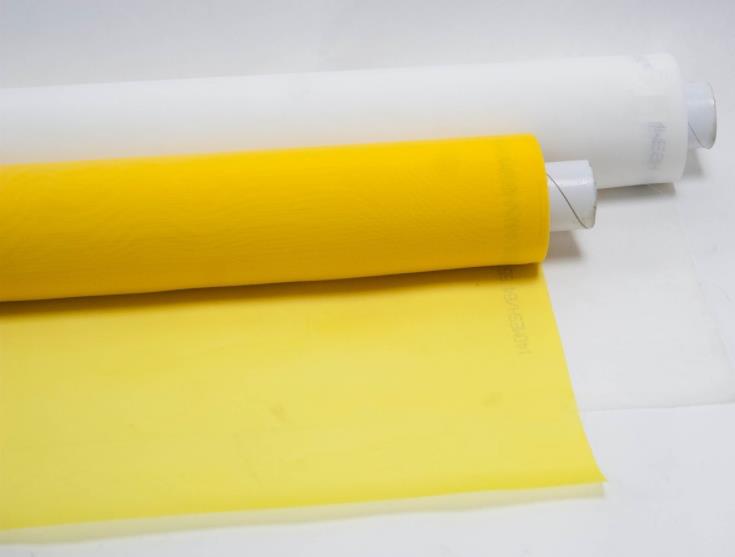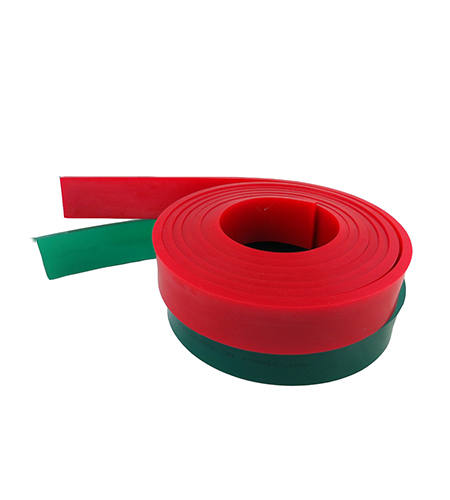
First, let's talk about solvent-based inks: solvent-based inks are divided into benzene and non-benzene, and benzene inks are being phased out. Various solvents used in solvent-based gravure inks can form toxic and harmful exhaust gases. Solvent-based inks are dried by the volatilization of the solvent, so the volatilization speed of the solvent directly determines the volatility of the ink. The volatilization of the solvent should match the specific printing conditions, too fast or too slow is not good. If the volatilization speed is too fast, it may cause malfunctions such as plate blockage and poor gloss of the ink layer; if the volatilization speed is too slow, it may cause malfunctions such as adhesion. Therefore, it is very important to choose the right solvent.
Followed by water-based ink: water-based ink is a uniform paste-like substance composed of binders, pigments, additives and other substances. The binder provides the necessary transfer performance of the ink, and the pigment gives the ink its color. The binder of water-based ink is mainly divided into two types: water-diluted type and water-dispersed type. There are many types of resins that can be used in the former, such as maleic acid resin, shellac, maleic acid resin modified shellac, urethane, water-soluble acrylic resin and water-based amino resin. The water-dispersible binder is obtained by polymerization of monomers emulsified in water. It is a two-phase system in which the oil phase is dispersed in the water phase in the form of particles. Although it cannot be dissolved by water, it can be diluted by water. It can be considered as an oil-in-water emulsion type.
From the above introduction, I believe everyone has a certain understanding of the difference between the two. The main difference is that one has better water solubility, the other is worse, the other is environmentally friendly, and the other is harmful to the environment. Remember these two points. Choose according to your own needs.



